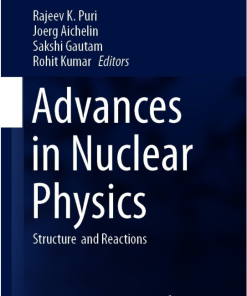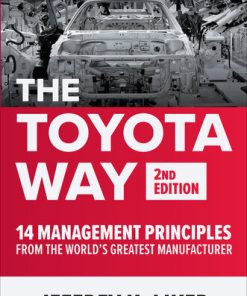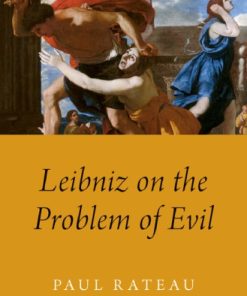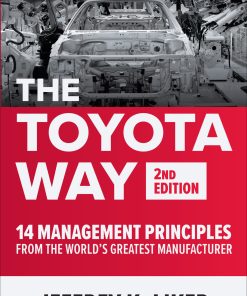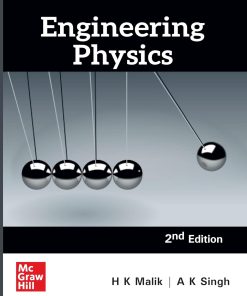A Miracle Creed: The Principle of Optimality in Leibniz’s Physics and Philosophy Jeffrey K. Mcdonough
$50.00 Original price was: $50.00.$25.00Current price is: $25.00.
A Miracle Creed: The Principle of Optimality in Leibniz’s Physics and Philosophy Jeffrey K. McDonough – Ebook Instant Download/Delivery ISBN(s): 9780197629079,0197629075,9780197629093,0197629091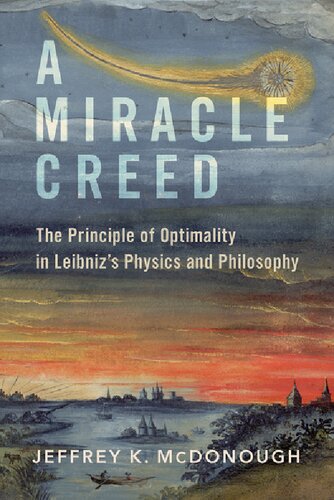
Product details:
- ISBN 10: 0197629091
- ISBN 13: 9780197629093
- Author: Jeffrey K. McDonough
A rival to Isaac Newton in mathematics and physics, Gottfried Wilhelm Leibniz believed that our world–the best of all possible worlds–must be governed by a principle of optimality. This book explores Leibniz’s pursuit of optimality in five of his most important works in natural philosophy and shows how his principle of optimality bridges his scientific and philosophical studies. The first chapter explores Leibniz’s work on the laws of optics and its implications for his defense of natural teleology. The second chapter examines Leibniz’s work on the breaking strength of rigid beams and its implications for his thinking about the metaphysical foundations of the material world. The third chapter revisits Leibniz’s famous defense of the conservation of vis viva and proposes a novel account of the origin of Leibniz’s mature natural philosophy. The fourth chapter takes up Leibniz’s efforts to determine the shape of freely hanging chains–the so-called problem of the catenary–and shows how that work provides an illuminating model for his thinking about the teleological structure of wills. Finally, the fifth chapter uses Leibniz’s derivation of the path of quickest descent–his solution to the so-called problem of the Brachistochrone–and its historical context as a springboard for an exploration of the legacy of Leibniz’s physics. The book closes with a brief discussion of the systematicity of Leibniz’s thinking in philosophy and the natural sciences.
Table contents:
Part 1. Optics and Immanent Lawful Teleology
1.1. A Unitary Principle for Optics (1682)
1.2. Immanent Lawful Teleology
1.3. An Old Myth about Teleology?
1.3.1. First Objection: Thin Teleology Isn’t Genuine Teleology
1.3.2. Second Objection: Immanent Lawful Teleology Isn’t (Even) Thin Teleology
1.4. Two Realms Revisited
1.5. Conclusion
Part 2. Rigid Beams and the Foundations of Physics
2.1. New Proofs Concerning the Resistance of Solids (1684)
2.2. A Model for Leibnizian Forces
2.3. A Model for Leibnizian Bodies
2.4. Are Monads Spatial Per Se?
2.5. Conclusion
Part 3. Vis viva and the Origins of Leibniz’s Natural Philosophy
3.1. A Brief Demonstration of a Notable Error (1686)
3.2. Contingency
3.3. Providence
3.4. Entelechies
3.5. Conclusion
Part 4. Hanging Chains and Monadic Agency
4.1. A String Bending under its Own Weight (1691)
4.2. An Unlikely Model of the Will
4.3. Non-optimal Agency and Bayle’s Dog
4.4. Optimal Form and a Role for Reason
4.5. Conclusion
Part 5. Falling Bodies and the Rise of Variational Mechanics
5.1. The Problem of the Brachistochrone (1696)
5.2. The Triumph of Variational Principles
5.3. Derivative Principles?
5.3.1. An Incomplete Mechanics?
5.3.2. An Unexplanatory Mechanics?
5.3.3. An Upside-Down Mechanics?
5.4. Conclusion
People also search:
what is the importance of the creed
why is the apostles’ creed important
a miracle can happen
a miracle chevelle
a miracle can happen lyrics
You may also like…
Business & Economics - Management & Leadership
Politics & Philosophy - General & Miscellaneous Philosophy
Romance - Science Fiction Romance
Physics - General Courses
Engineering Physics 2nd Edition by Hitendra K Malik, A.K. Singh 9789352606962 9352606965
Romance




